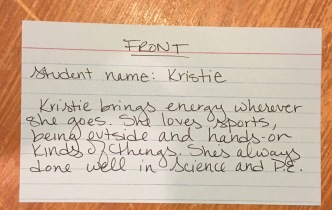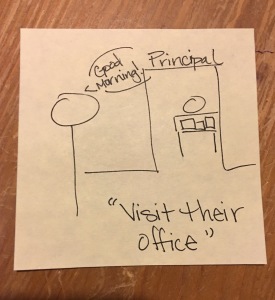
We aren’t their supervisors but we are the leader of the classroom. Instructional Assistants (sometimes referred to as IAs or Paras) can at first seem like just another thing to manage. But if I do a little work up front, these educators can help me capitalize on the little time I have with students. Most IAs welcome the direction and are happy to have a clear purpose in the classroom.
Here’s what I do:
1. Brainstorm ways I think my IA can help me or my students. Before doing this step, it is important to talk to the special ed, ELL or other department leader who assigned the IA to my class. A lot of clarity and direction can come from one conversation with this leader on the intention of the IA placement.
2. Schedule a meeting with my IA.
3. Create a document for my IA detailing their roles and responsibilities. I place mine on a clipboard in an easy location for the IA to grab.
4. Schedule regular check-ins with my IAs and put these on my calendar.
Want examples of what some of this might look like? IA and Para Management






